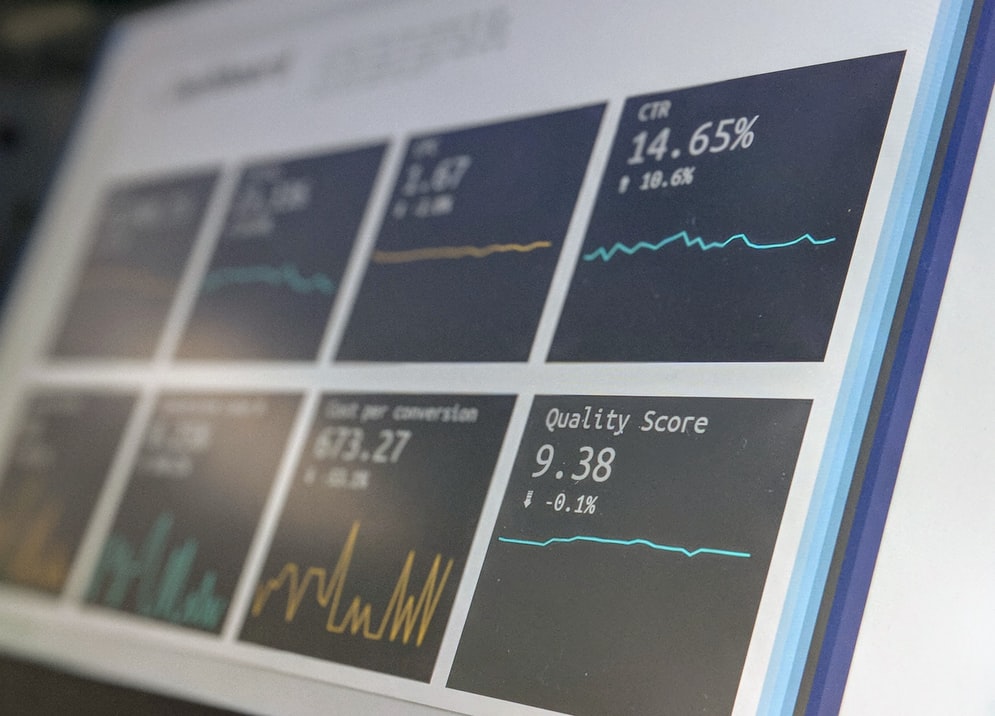Every transaction that we make creates data. From swiping your card while going grocery shopping, to closing a billion-dollar merger, each transaction creates several data points across the digital ecosystem. Although this is unstructured data, it's how we use these billions of data points to create and derive information that forms the underlying structure of data management and data science. Data value needs to be delivered to businesses as soon as possible, and converting this value into actionable insights is critical.
To address this current need, G2 has announced a brand new category: DataOps Platforms. DataOps methodology combines three important aspects—people, process, and technology. These platforms act as a bridge between data analytics and management to bring value to an organization. What started as a methodology and a set of best practices has now become a critical aspect of the data analytics industry.
The rise of DataOps
Times have changed in the past 20 years. Software has replaced hardware across IT infrastructure environments, and now thousands of integrations happen within a business that handles numerous data points. Managing this can be cumbersome, but critical nonetheless. The ability to handle such large numbers of data points and integrations has become a messy affair that prevents companies from focusing on what's important—deriving value from their data.
This is where DataOps tools come in. These solutions manage numerous data pipelines by leveraging automation. Data scientists, data developers, and data professionals see DataOps as imperative to improve agile workflow.
What are DataOps Platforms?
DataOps platforms are control centers for orchestrating people, processes, and technology to deliver a trusted data pipeline to users. These tools assemble several types of data management software into an individual, integrated environment.
Data flows in a simple manner from various sources. DataOps platforms are used to leverage any analytical tool from data collection to reporting via a single integrated platform. The platform unifies all the development and operations in data workflows.
DataOps platforms stay at a vantage point
The platform has a good view of the entire data life cycle and ensures that processes are automated, and that data value is delivered often to the teams that need it.
DataOps vs. DevOps
DevOps deals with the transformation of software development and delivery, whereas DataOps deals with the transformation of data and analytics. Under DevOps, the main focus is creating an amalgamation of application development, IT operations, and engineering functions that work together to reduce cost and time to market.
DataOps on the other hand works on all things data—acquisition, transformation, management, and so on. The processed data is used to derive actionable insights and make intelligent decisions.
How do I get started?
To understand more about DataOps tools, it's good to take a deep dive into the number of features that it has to offer. As companies invest more in data-related activities, DataOps tools offer customers a way to manage all of their data points via a single platform. The platform supports the orchestration of different tools, continuous data deployment, monitoring and testing capabilities, analytics, and several other benefits via automation.
DataOps platforms will allow companies to manage and control their data assets. What makes DataOps so exciting is that every activity being done today revolves around either generating or using the data, and that is where DataOps platforms are of benefit.
With G2’s new DataOps Platforms category, software buyers now have a place to find and compare different DataOps tools and make the best decision when choosing the right software.
How will DataOps change the future?
When DevOps arrived around 10 years ago, it revolutionized the IT world. It created the bridge between development and operations, which allowed firms to improve the time taken to deploy applications from days to just seconds. Agile philosophy and tighter process integrations took center stage and it drove a huge shift to how work was conducted and deployed.
With the rise of DataOps, which is also based on the agile framework, firms can coordinate ever-changing data as well as the people and processes that control and use this data. DataOps is here to transform business intelligence and pave the way for a new era of data management.
Quer aprender mais sobre Ferramentas de Integração de Dados? Explore os produtos de Ferramentas de Integração de Dados.

Preethica Furtado
Preethica is a Market Research Manager and Senior Market Research Analyst at G2 focused on the data and cloud management space. Prior to joining G2, Preethica spent three years in market research for enterprise systems, cloud forecasting, and workstations. She has written research reports for both the semiconductor and telecommunication industries. Her interest in technology led her to combine that with building a challenging career. She enjoys reading, writing blogs and poems, and traveling in her free time.
